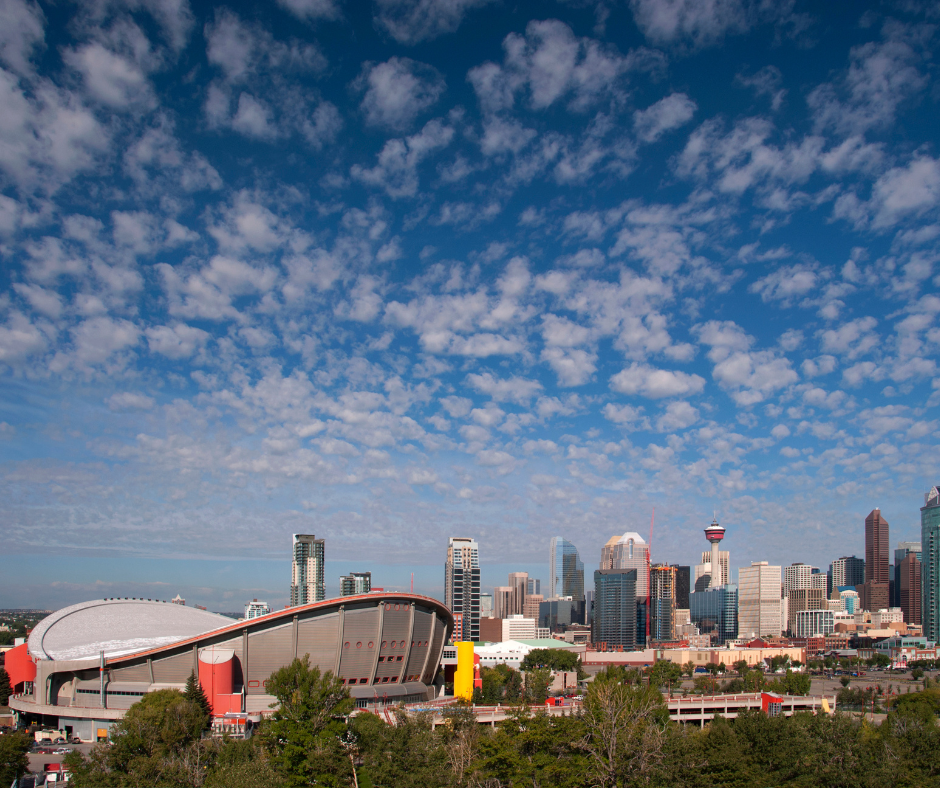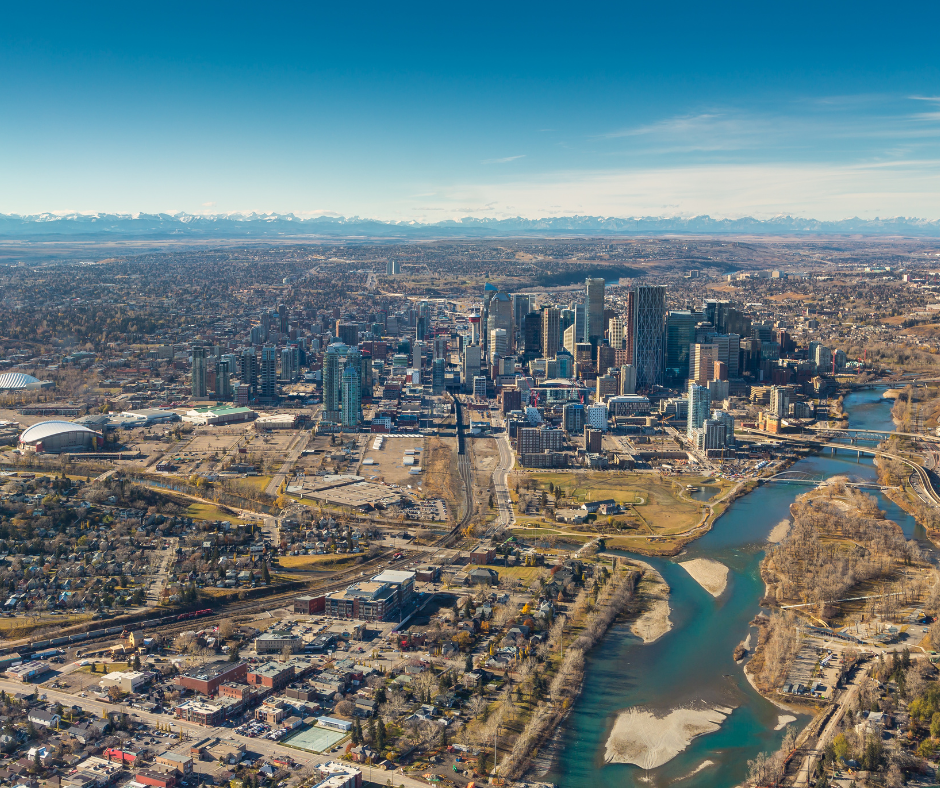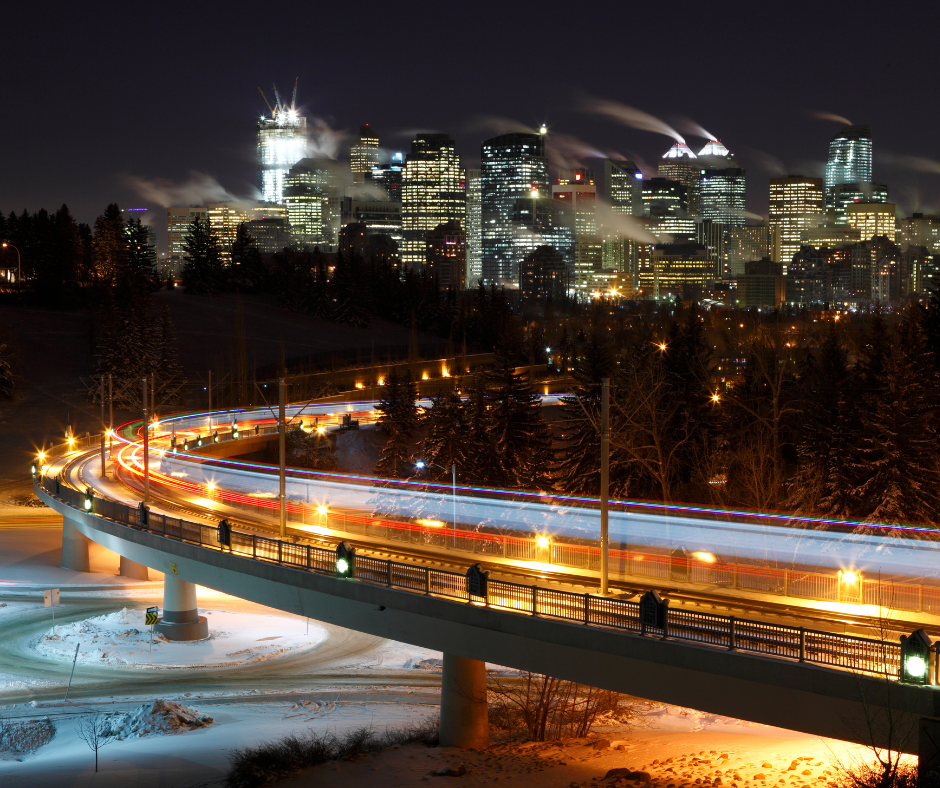CREA - Canadian Real Estate Association
MLS - Multiple Listing Service
AREA - Alberta Real Estate Association
CMHC - Canadian Mortgage & Housing Corporation
AMBA - Alberta Mortgage Brokers Association
CAHPI - Canadian Association of Home & Property Inspectors
The downtown region of the city consists of five neighbourhoods: Eau Claire (including the Festival District), the Downtown West End, the Downtown Commercial Core, Chinatown, and the Downtown East Village (also part of the Rivers District).
The commercial core is itself divided into a number of districts including the Stephen Avenue Retail Core, the Entertainment District, the Arts District and the Government District.
Distinct from downtown and south of 9th Avenue is Calgary's densest neighbourhood, the Beltline. The area includes a number of communities such as Connaught, Victoria Crossing and a portion of the Rivers District. The Beltline is the focus of major planning and rejuvenation initiatives on the part of the municipal government to increase the density and liveliness of Calgary's centre.
Adjacent to, or directly radiating from the downtown are the first of the inner-city communities. These include Crescent Heights, Hounsfield Heights/Briar Hill, Hillhurst /Sunnyside (including Kensington BRZ), Bridgeland, Renfrew, Mount Royal, Mission, Ramsay and Inglewood and Albert Park/Radisson Heights directly to the east.
The inner city is, in turn, surrounded by relatively dense and established neighbourhoods such as Rosedale and Mount Pleasant to the north; Bowness, Parkdale and Glendale to the west; Park Hill, South Calgary (including Marda Loop), Bankview, Altadore and Killarney to the south; and Forest Lawn/International Avenue to the east.
Lying beyond these, and usually separated from one another by highways, are the suburban communities, often characterized as "Commuter Communities". The greatest amount of suburban expansion is happening in the city's deep south with major growth on the northwestern edge as well. In all, there are over 180 distinct neighbourhoods within the city limits.
Several of Calgary's neighborhoods were initially separate towns that were annexed by the city as it grew. These include Bowness, Montgomery, Forest Lawn, Midnapore, Rosedale and, most recently in 2007, Shepard.
Calgary is divided into four quadrants.
Northwest Calgary is in general the region West of Center Street and North of the Bow River with the exception of several neighbourhoods South of the Bow River on the western edge of the city which are also considered to be part of the Northwest.
Northeast Calgary is the region east of Centre Street and North of Memorial Drive.
Southwest Calgary is, in general, the region South of the Bow River and West of Centre Street/Macleod Trail with the exception of several communities found South of the Bow River that are considered to be part of the Northwest.
Southeast Calgary is the area South of Downtown and Memorial Drive and East of Macleod Trail.



